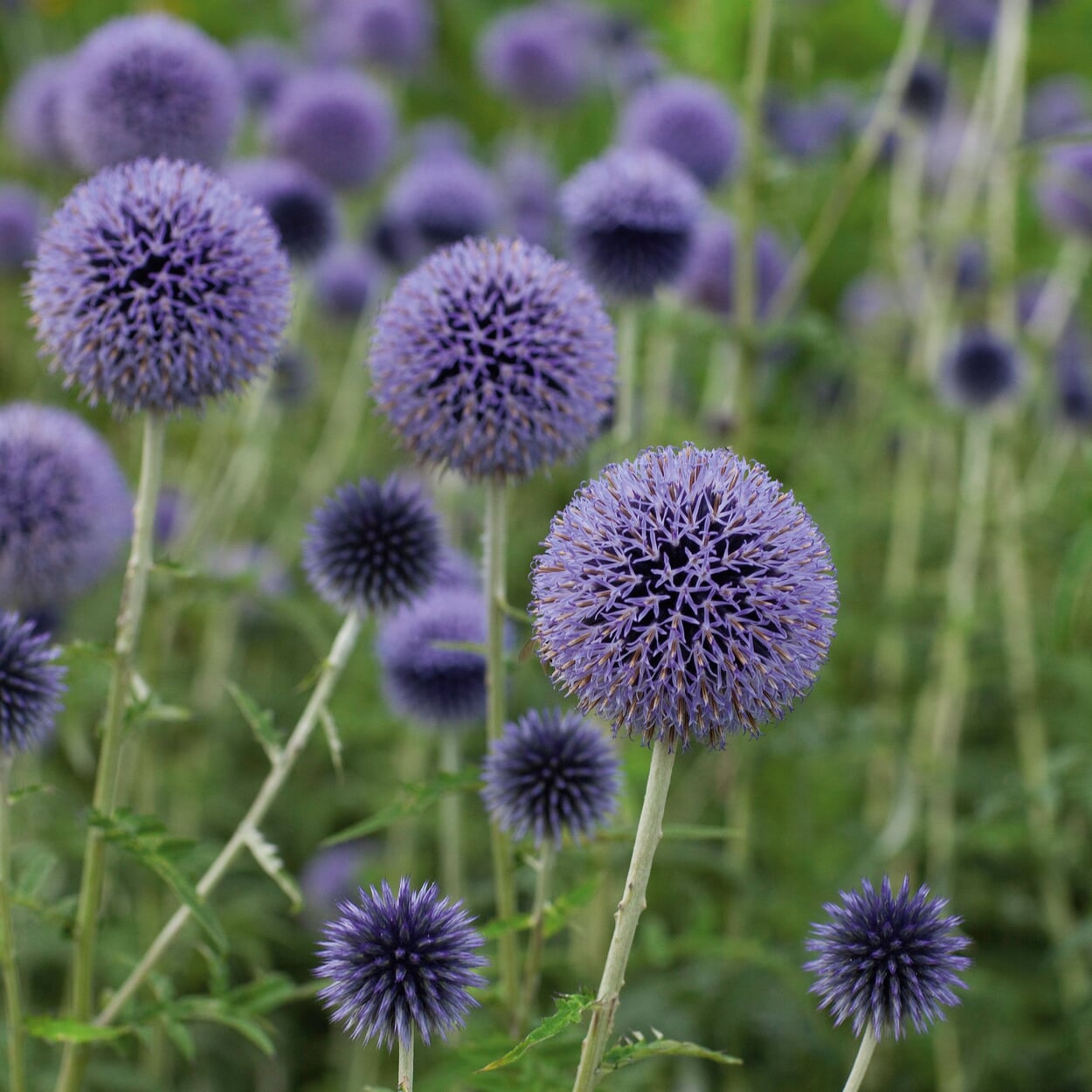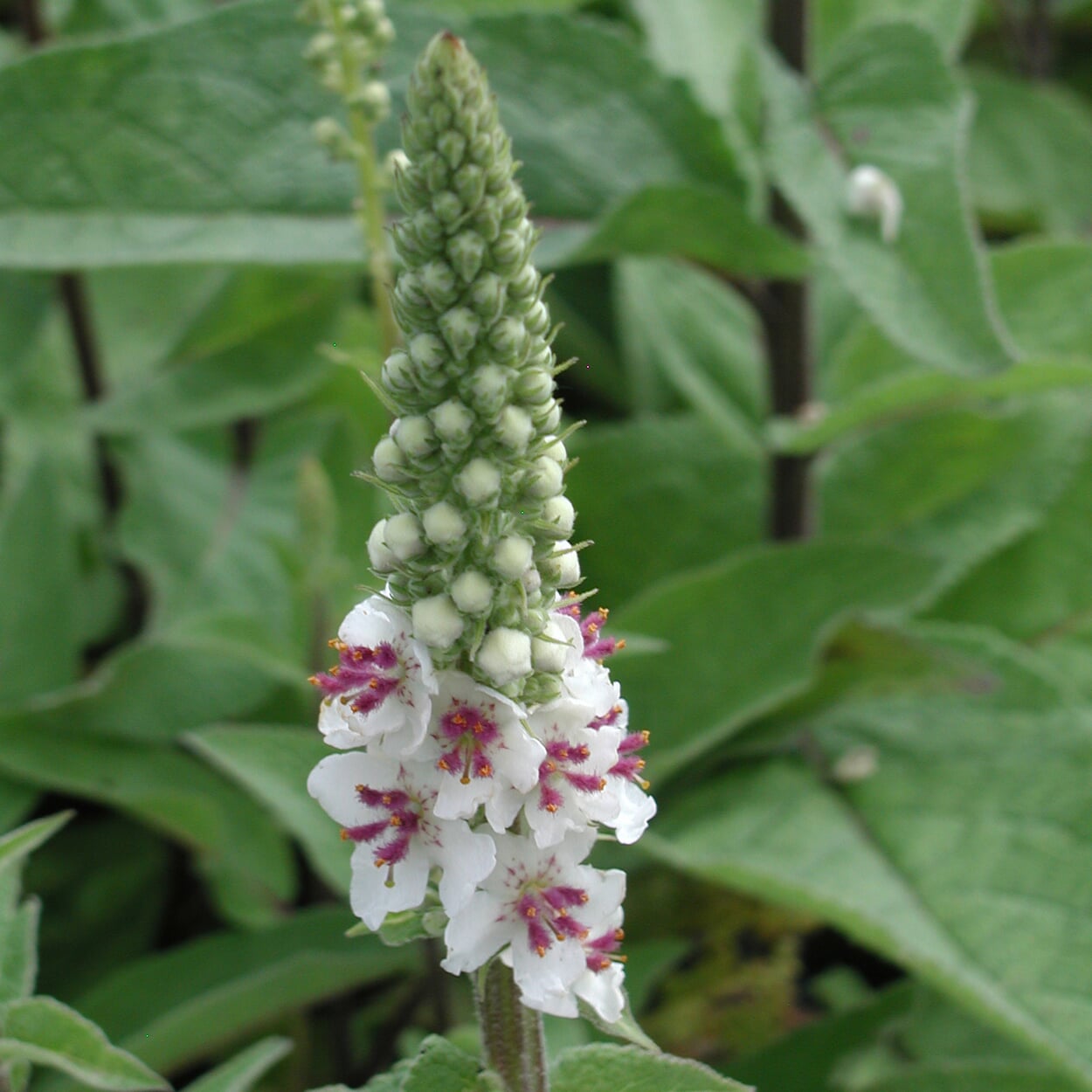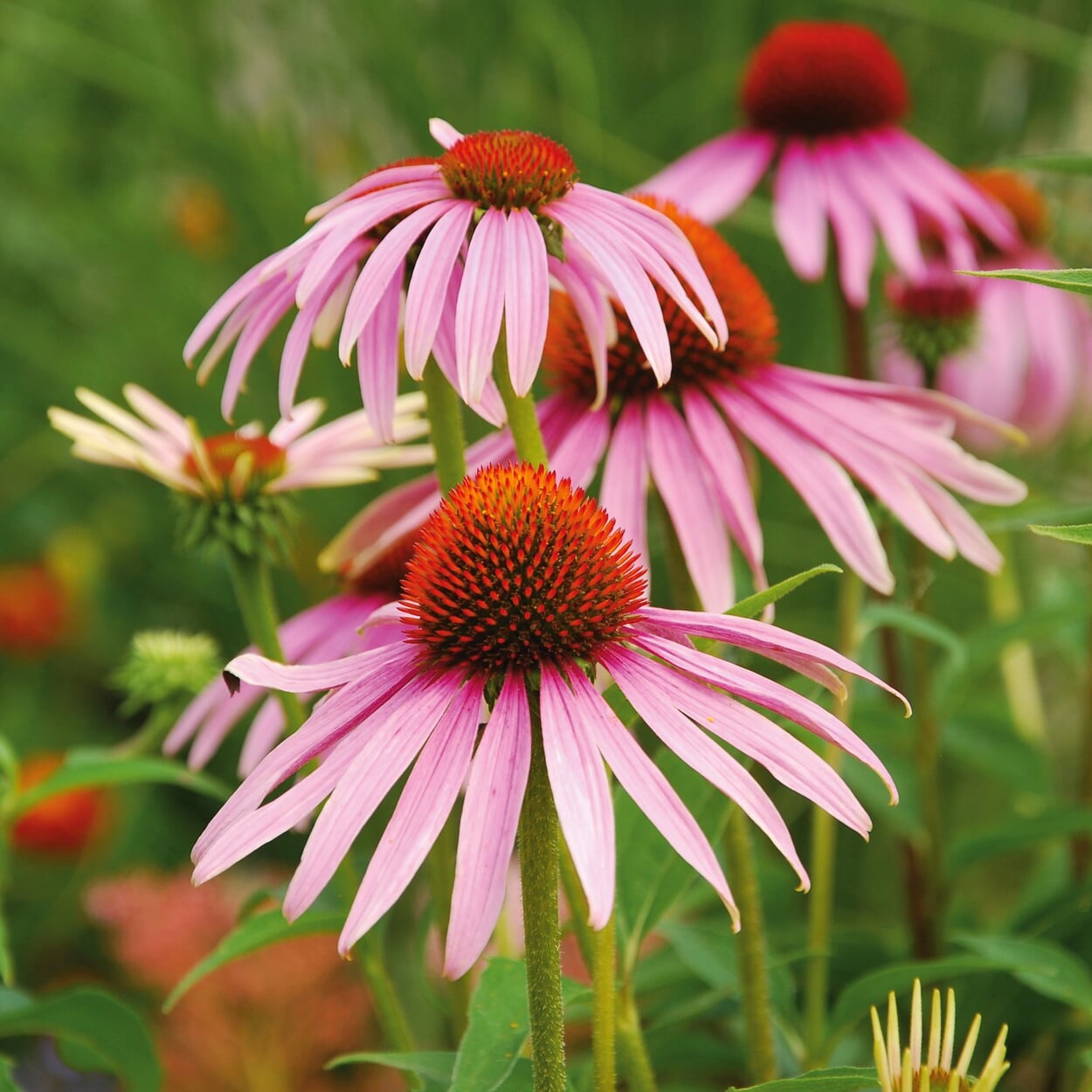Helpful tips
Bee-friendly perennials. Gardening craftsmanship
Not only in fruit growing is the range of varieties used becoming increasingly one-sided, but perennial nurseries are also increasingly bowing to the demand for the monotony shaped by garden centers, which is characterized by characterless mass-produced goods (cheaply propagated in large-scale sowings and offered at ruinous prices). On average, a perennial nursery today still has about 800 varieties in its program.
We cooperate with a nursery in Bavarian Swabia, which plays an important role in the preservation of the diversity of varieties with an assortment of about 3,000 varieties. We want to support the work of this nursery through our cooperation with Manufactum. The perennials we offer are for the most part still vegetatively propagated from mother plant quarters and grown outdoors, with a sense of nature and with horticultural craftsmanship - and with a certain natural guile, because in the nursery the slugs are decimated by free-range ducks.
Bee-friendly perennials. For the benefit of the bee, for the ornament of the gardener
Many flowering perennials are attractive not only to humans but also to insects - especially if their flowers are particularly rich in pollen or nectar.
Offering these (beneficial) insects suitable plants to feed on is also advantageous for the gardener - after all, bees, bumblebees or hoverflies also ensure that useful plants such as fruit trees or tomato plants are pollinated. Our selection covers the period from May to September. Especially the later months are important, as this is the time of brood renewal for bee colonies. A good nectar supply is then particularly significant.
With its rich nectar and pollen supply, the globe thistle attracts bees as well as various species of wasps and moths
This native wild perennial is an excellent forage plant for bees and other insects.
Bees, hoverflies and butterflies are permanent guests on the orange-red flower domes of the red coneflower 'Magnus Superior'.
Planting perennials, dividing perennials. Information and tips
Not only autumn, but also spring is a suitable time to plant perennials. For some species even only the spring date is recommended: Grasses, ferns or late-flowering perennials should first be allowed to root in well over the year before going into their first winter. It is important to prepare the planting site carefully. How you can do this - and much more - we show you on our page about planting perennials. For various reasons, it may also be useful or even necessary to dig up large herbaceous perennials and divide them into smaller pieces:
- The plant is overaged, so that its vigor and flowering capacity is declining. The typical signs of overaging are quickly recognized: The plant is barren from the inside and forms new shoots almost only at the edges
- It has become too crowded in the bed, and the perennials are competing for space, light, water and nutrients
- The rootstock is matted, diseased or infested with weeds
In all these cases, picking up (digging out) the perennial, dividing it and replanting it - in a different location, but also in the same one - makes a positive difference. At the same time, this is also the easiest way of propagation in the case of the perennials growing like a horst and the ground covers. Usually, there are then so many plants available that the term "dividing" takes on its meaning even in its true sense. It is not magic to give the borders a rejuvenating treatment and divide and replant a perennial. What to do for this, we explain on our topic page dividing and transplanting perennials.







